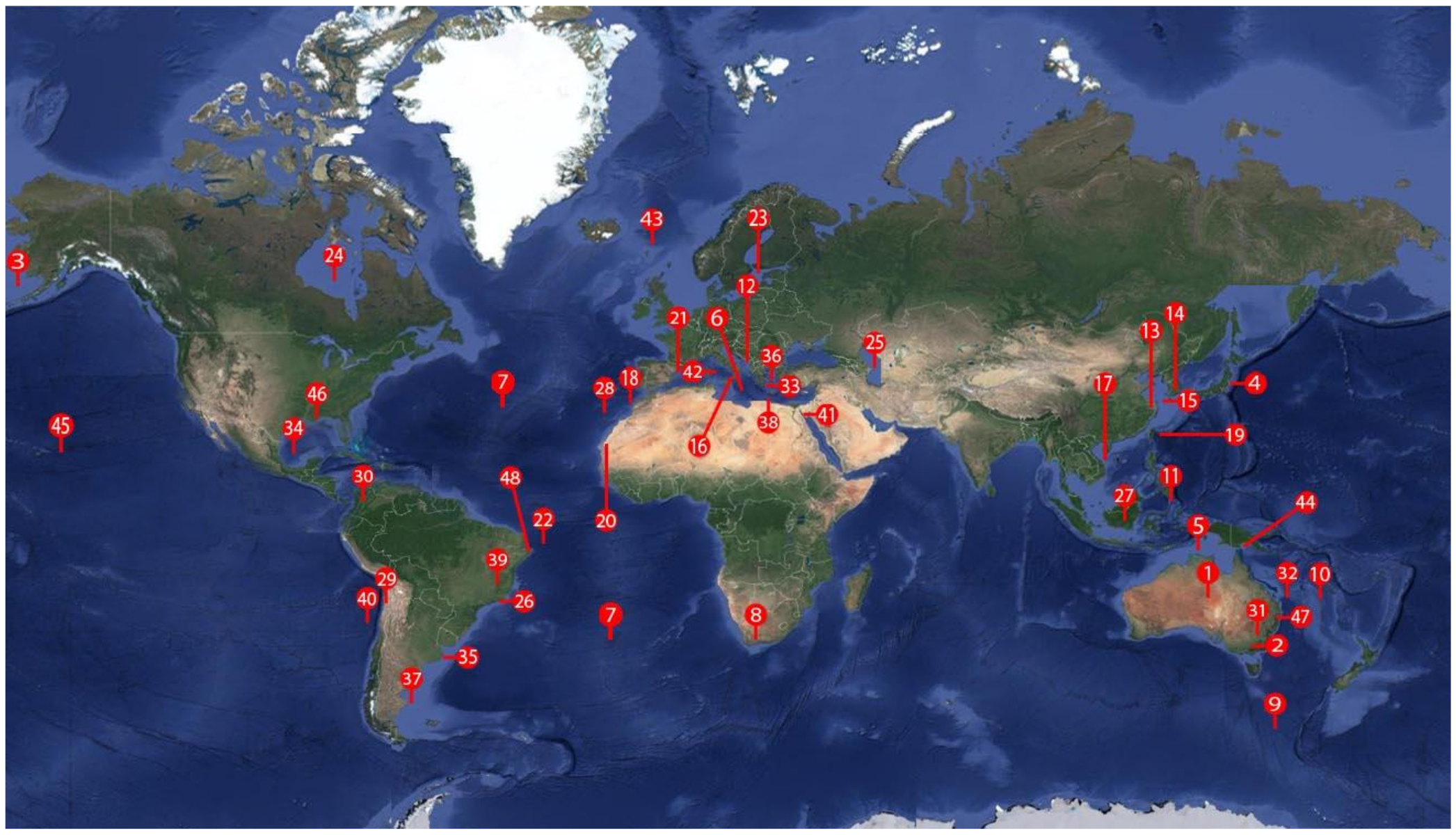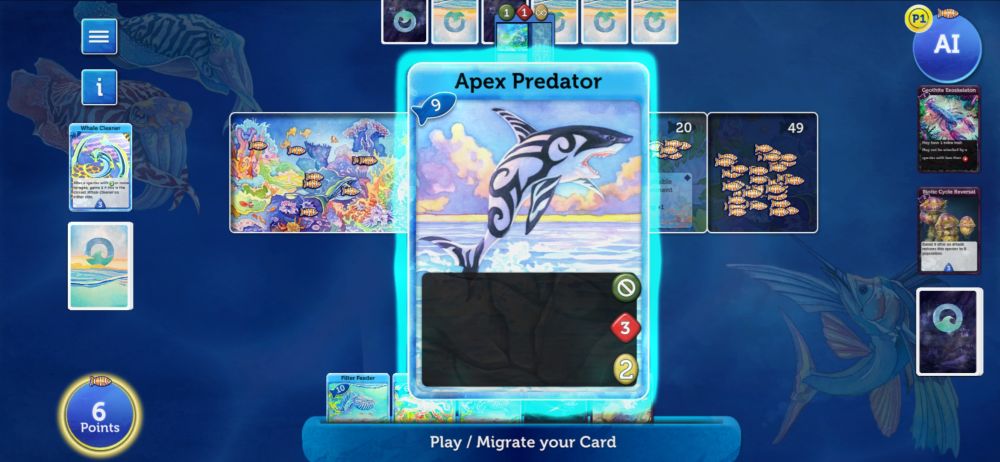

I have a Windows 10 if that helps anything.
#Little sea parasite game how to
I don't know how to get the specs, but maybe if you told me how I can find them, then I could learn something too. I thought games were meant for everyone to enjoy them. Oh, I didn't realize that games were only meant to be played by those who are knowledgable enough to build their own systems. Learn to build your own instead of going to geeksquad. I still crash too the same way courage is Then you deserve to get robbed. The other two cases, both from 2019, were suspected to be linked to eating homemade salads and “grazing” fruits and vegetables straight from the land.Originally posted by The Odd Nick:Perhaps some of us don't know the specs, we expected the computer gurus to know what we meant when we said build me an awesome gaming computer. Officials noted that a person in one of the latest confirmed cases became infected in December of 2018 after purposely swallowing a slug on a dare. It also recommends that farmers and gardeners try to control snail and slug populations. The department recommends that visitors and residents carefully inspect and wash all produce and store it in sealed containers. “Getting information to visitors about the disease is just as critical as raising awareness amongst our residents.”

“It’s important that we ensure our visitors know the precautions to take to prevent rat lungworm disease, which can have severe long-term effects,” Hawaii’s Health Director Bruce Anderson said in a statement. For these reasons, health officials say prevention is paramount. Patients are generally left to manage symptoms and wait for the worms to die on their own. Still, there are no specific treatments and it’s unclear how helpful anti-parasitic drugs are at clearing the infection. In Hawaii, officials confirm cases by trying to pick up and amplify fragments of worm DNA from sick patients’ cerebrospinal fluid or other tissue (a polymerase chain reaction test). In severe cases, the infection can lead to nerve damage, paralysis, coma, and even death.ĭiagnosing the infection can be tricky since there are no specific blood tests that identify the parasite. Those can vary wildly but sometimes include headaches, neck stiffness, tingling or pain, low-grade fever, nausea, and vomiting. In others, the worm meanders around the brain, and its presence, movement, and death in the central nervous system all contribute to symptoms. In some cases, the infection is symptomless and resolves on its own. Instead, they usually die somewhere in the central nervous system. But the rambling invaders rarely survive long enough to make it to their final destination in the lungs. In humans, young worms make their way to the brain as they would in a rat. Officials have blamed the recent boom in human cases, in part, on an explosion of an invasive “semi-slug,” which is particularly good at picking up the parasite. Humans are an accidental host, typically infected when they inadvertently eat an infected slug or snail that has slid into their salad fixings or other produce. When other rodents come along and eat those infected mollusks, the prepubescent parasites migrate to the rats’ brains to mature before settling into the lungs and reproducing. The hosting rat eventually poops out the young parasites, which then get gobbled up by feces-feasting snails and slugs (intermediate hosts). Larvae get coughed up into rats’ throats then swallowed. Young worms leave the nest early to find their own windy homes, though. As its common name suggests, the wandering worm primarily takes up residence in rats’ lungs, where female worms lay their eggs. The parasitic worm in these cases is the rat lungworm, aka Angiostrongylus cantonensis. While there were 18 confirmed cases in 2017, health officials are worried of a sustained boom in the parasite’s population, which has quietly lurked in the state for decades. The latest known victims-who became infected at different times-bring the state’s 2018 case total to 10 and the 2019 total to five. Further Reading Concern growing for brain-invading worms, spread by slugs and ratsThe Centers for Disease Control and Prevention confirmed three new cases in unrelated adults visiting Hawaii Island from the US mainland, the health department announced.


 0 kommentar(er)
0 kommentar(er)
